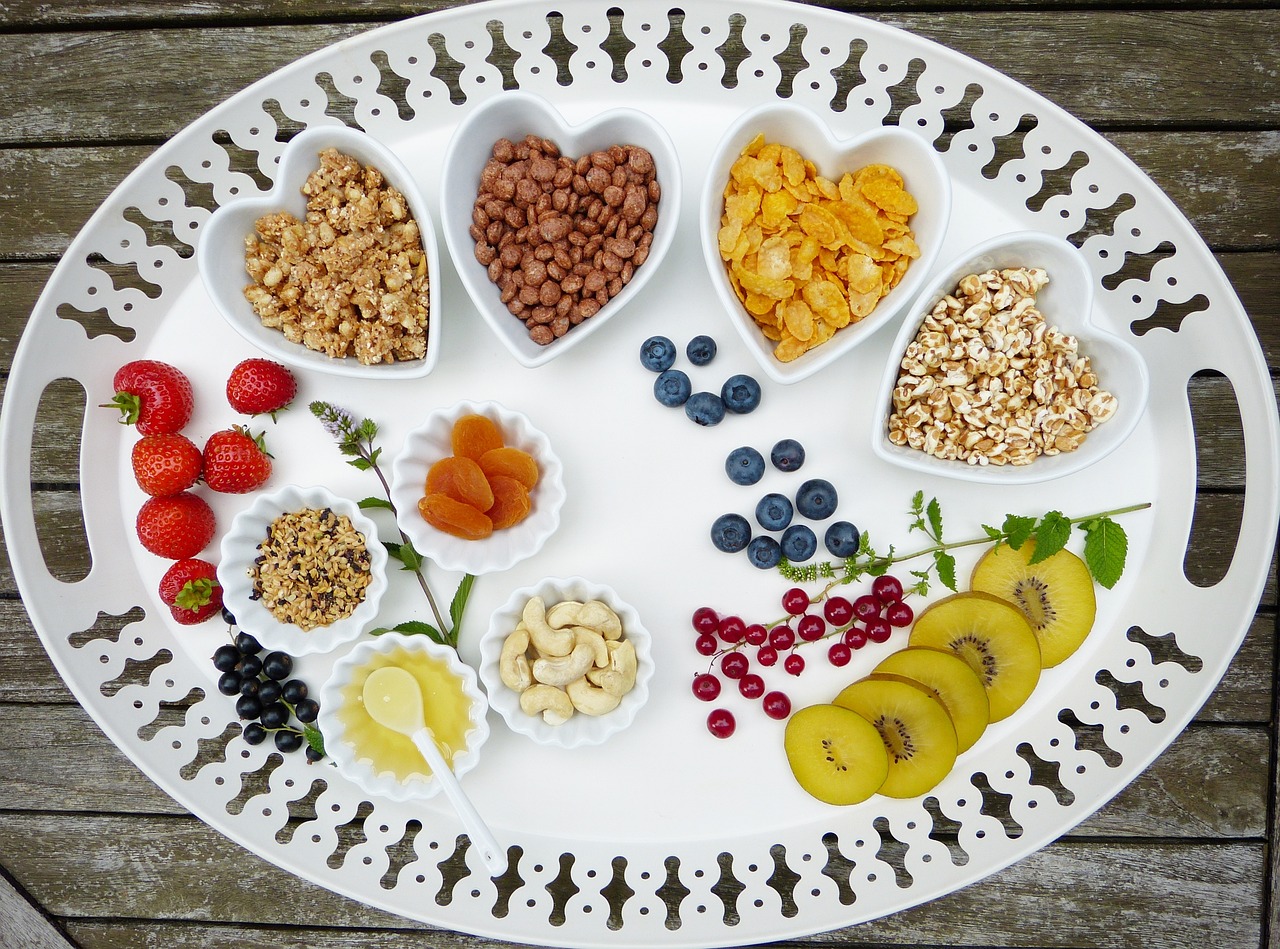In a world saturated with fast food and processed snacks, the concept of clean eating has emerged as a powerful antidote to unhealthy dietary habits. Clean eating encourages the consumption of whole, unprocessed foods that nourish our bodies and promote overall health. As more people strive for healthier lifestyles, understanding clean eating becomes crucial not only for personal wellness but also for making informed food choices. In this guide, we will explore the principles of clean eating, its benefits, practical tips, and how you can seamlessly incorporate it into your daily routine.
What is Clean Eating?
Clean eating is not just a diet; it’s a lifestyle. It focuses on consuming unprocessed foods, emphasizing natural ingredients that are minimally altered. The fundamental tenets of clean eating revolve around:
Defining Clean Foods
- Whole Foods: Foods that are in their natural state such as fruits, vegetables, whole grains, nuts, and seeds.
- Organic Produce: Fruits and vegetables grown without synthetic fertilizers or pesticides.
- Lean Proteins: Sources such as chicken, fish, turkey, and plant-based proteins like beans and lentils.
- Healthy Fats: Fats from sources like avocados, nuts, seeds, and olive oil.
Foods to Avoid
- Processed Foods: Items with artificial ingredients or preservatives.
- Refined Sugars: Sugary snacks and beverages that provide empty calories.
- White Carbohydrates: Such as white bread, pasta, and rice.
The Benefits of Clean Eating
Adopting a clean eating lifestyle can yield a multitude of benefits. Not only does it improve physical health, but it can also enhance mental well-being.
Boosts Physical Health
- Enhances nutrition intake by providing essential vitamins and minerals.
- Promotes healthy weight management.
- Reduces the risk of chronic diseases including diabetes, heart disease, and obesity.
- Improves digestion and gut health by consuming more fiber-rich foods.
Improves Mental Well-Being
- Provides steadier energy levels throughout the day.
- May reduce symptoms of anxiety and depression, positively affecting mood and outlook.
- Increases focus and cognitive function through a balanced diet.
How to Start Clean Eating
Transitioning to a clean eating lifestyle can be made seamless with some practical steps. Here’s how to get started:
1. Educate Yourself
Understanding food labels and ingredients is vital. Look for the following:
- Short ingredient lists with recognizable items.
- Avoid products with high added sugar and sodium content.
2. Meal Planning
To facilitate clean eating, consider these tips:
- Plan your meals weekly to avoid impulse purchases.
- Create a shopping list focused on whole foods.
- Batch cook on weekends to prepare healthy meals for the week ahead.
3. Clean Out Your Pantry
Eliminate processed foods from your home to reduce temptation:
- Donate unopened items to food banks.
- Dispose of expired products and snacks high in sugar and salt.
Incorporating Clean Eating Into Your Routine
Once you’ve made the decision to embrace clean eating, incorporating it into your daily life is key. Here are some strategies:
Smart Snacking
- Opt for fruits, nuts, or yogurt instead of chips or candy.
- Prepare pre-portioned healthy snacks to have on the go.
Rethink Culinary Techniques
Change how you prepare foods by focusing on healthier methods:
- Grilling: A great alternative to frying.
- Steaming: Preserves nutrients better than boiling.
- Baking: Use for roasting vegetables or proteins without excess fats.
Conclusion
Clean eating is a practical and sustainable approach to health that can lead to lasting benefits for both body and mind. By focusing on whole, unprocessed foods and making informed choices, you can significantly improve your diet and overall well-being. Start your clean eating journey today by educating yourself, planning meals, and making conscious food choices. Your body will thank you!



